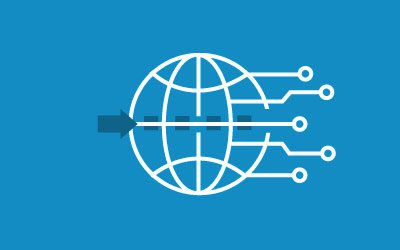Microsoft recently published a truly outstanding white paper titled Four Technology Trends Helping Businesses Thrive in a Digital World. We highly recommend it if you’re contemplating how IT can make an impact on your business success. The paper takes on topics like cloud computing, digital transformation, the Internet of Things (IoT) and mobility. Their goal is to add detail and practical insights to subjects that tend to be vague and overhyped. The context is the applicability of Dynamics 365 as a solution for digital transformation. Here’s a sneak peek:
Cloud computing: Much more than a buzzword
Cloud adoption is accelerating. As businesses put cloud technology to work in a vast variety of use cases, the concept becomes far more than a mere buzzword. Indeed, the cloud changes how and where people work. It enables new ways of doing business, or even completely new businesses. Cost reduction is still a high priority for cloud adoption, but other factors are driving adoption. The paper cites Gigaom Research, which reports, “71% of strategic buyers cite scalability, cost and business agility as the most important drivers for using cloud services.”
Digital transformation and the revolution in connectivity
Microsoft surveyed small and mid-sized business owners and employees with the goal of understanding their most challenging problems. Lost productivity emerged as a serious issue. People reported losing time working across multiple systems that are unable to “talk to each other.” The results of such disconnected systems included manual, duplicative processes and out-of-date reporting. Poor visibility into operations then translated into impaired decision making at the management level.
Digital transformation offers a way out of this trap. It’s a broad concept, but at its heart, digital transformation is about the current revolution in connectivity. Today, applications can easily and cheaply connect with one another using standards-based APIs—even spanning between multiple business entities. As the paper explains, companies that connect their systems, people, data and processes are able to anticipate operational challenges and act accordingly. They are able to gather data in real time and get deep insights into what going on in the business.
No mystery in the IoT. It’s reality
The IoT is one of those tech ideas that seemed futuristic when it first debuted. Today, it’s a reality. Using devices to collect and analyze operational and environmental data is now occurring on a regular basis. And, it’s not just for big corporations or government agencies. Even a smaller business has its “things” that generate data with which to track trends, identify patterns and perhaps even make predictions.
The challenge in IoT is threefold. First, there has to be a solution to manage the devices and related “edge” infrastructure. Then, there’s the data. IoT environments create a lot of data. It has to be stored and secured before it can be analyzed. The analytics is the third and arguably most important challenge to overcome on the way to IoT success.
Embracing mobility
Mobility is already so pervasive in business that it may not even occur to people that it’s a distinct technology area deserving of focus. It is. Your employees are increasingly mobile. You have to support them. Customers expect rich mobile connections with your brand. Your suppliers are using mobile apps. Having a mobile strategy is critical for success today.
These are the highlights of the paper. To read it in full, click here.


